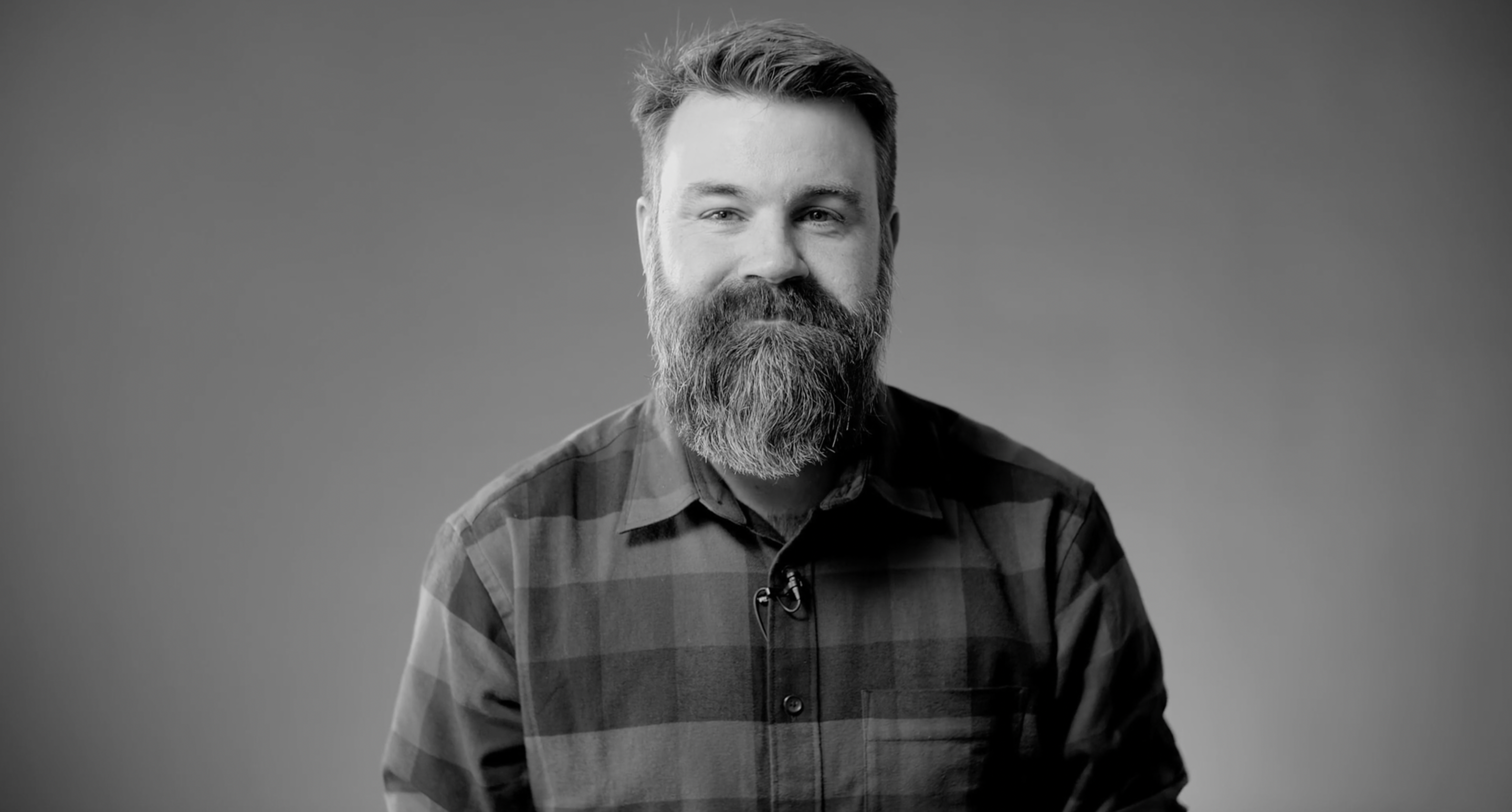
When I tell people I’m involved in Bible translation work, I’m then often asked several common questions. Which languages do you speak? How do you do that if you live in Sydney? How many languages are there in Australia? But you don’t know all of them, do you? How can you translate if you don’t actually speak the language?
All very reasonable questions! It’s no great secret that I don’t, in fact, speak all of the languages. There are lots! I do know a few, but not very fluently. In every language I know my speaking ability is far below my reading ability. So how does Bible translation into a Western Desert or Arnhem Land or Kimberley region language work with a whitefella in Sydney?
Teamwork is the answer. I end up working with several teams in different parts of the country (and the South Pacific). Local community members and elders are the translators.
They’re mother-tongue speakers, fluent in their language. They are the ones who know how to express ideas clearly in Pitjantjatjara, or Gupapuyŋu, or Kriol, or Rembarrnga, or whatever language we’re considering.
They know the community because they’re part of it, and they’re the ones who know what is needed and how the Bible will be read.
Now I am not an expert in these languages. But I do have training in biblical studies and linguistics and, crucially, the biblical languages that the Bible was originally written in. So we can get together as a team and work together to ensure that the meaning that is communicated by, say, the Pitjantjatjara translated text is the same meaning that was communicated in the original text.
As a team, we aim for a translation that fits the ‘AABCs’ of translation: accurate, acceptable, beautiful, and clear. An accurate translation effectively conveys the meaning communicated by the original text. An acceptable translation is one that the community adopts and uses as the word of God.
A beautiful translation sounds like the language into which it is translated: it doesn’t sound like Greek or Hebrew or English, but like natural local language.
And a clear translation is one that people can easily understand as they read and hear God speak.
I’ve got a pretty great job. So do the teams of translators around the place. Because we all get to work together to produce good translations that are accurate in their meaning, acceptable to the community, beautiful and natural, and clear.
Sam Freney is translation consultant with Bible Society Australia. Sam works with heart language translators across Australia with the collective goal to translate the Bible in the most accurate, clear and natural way possible.